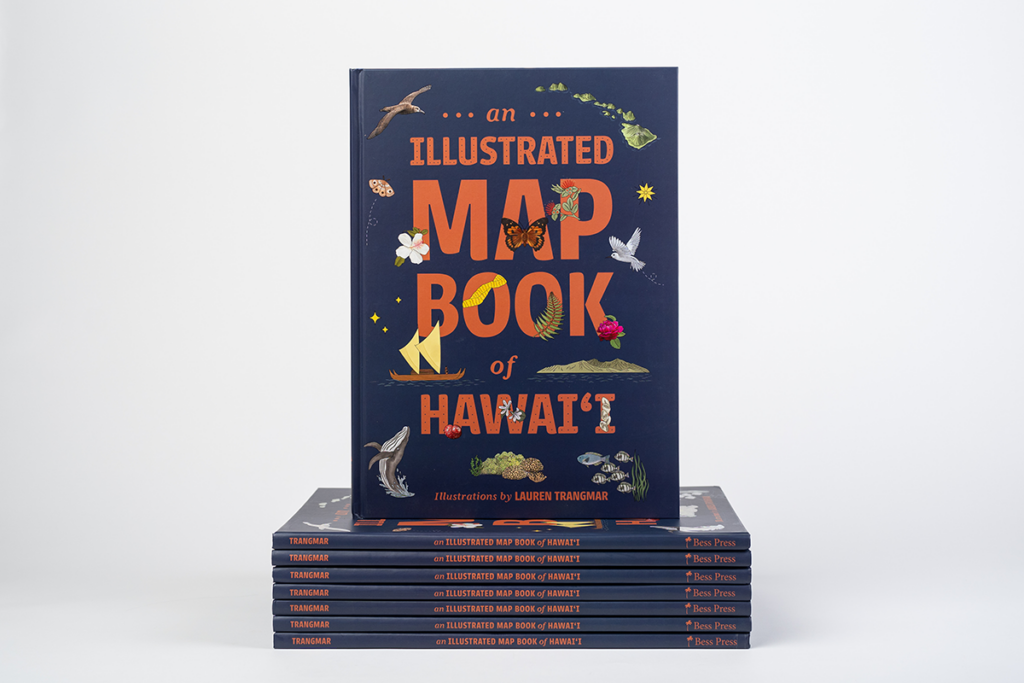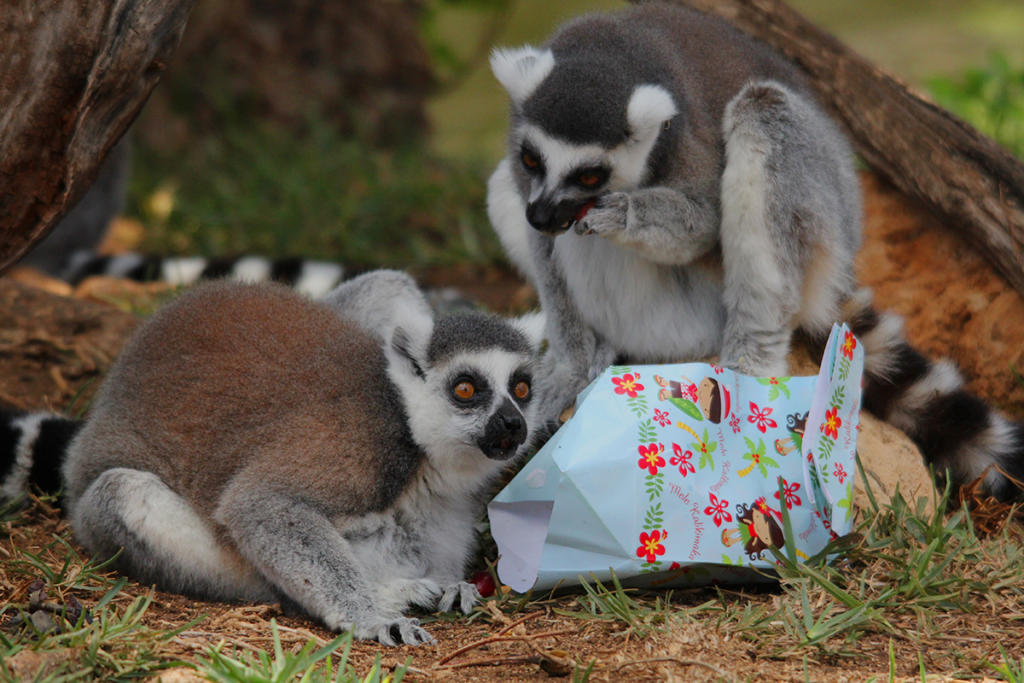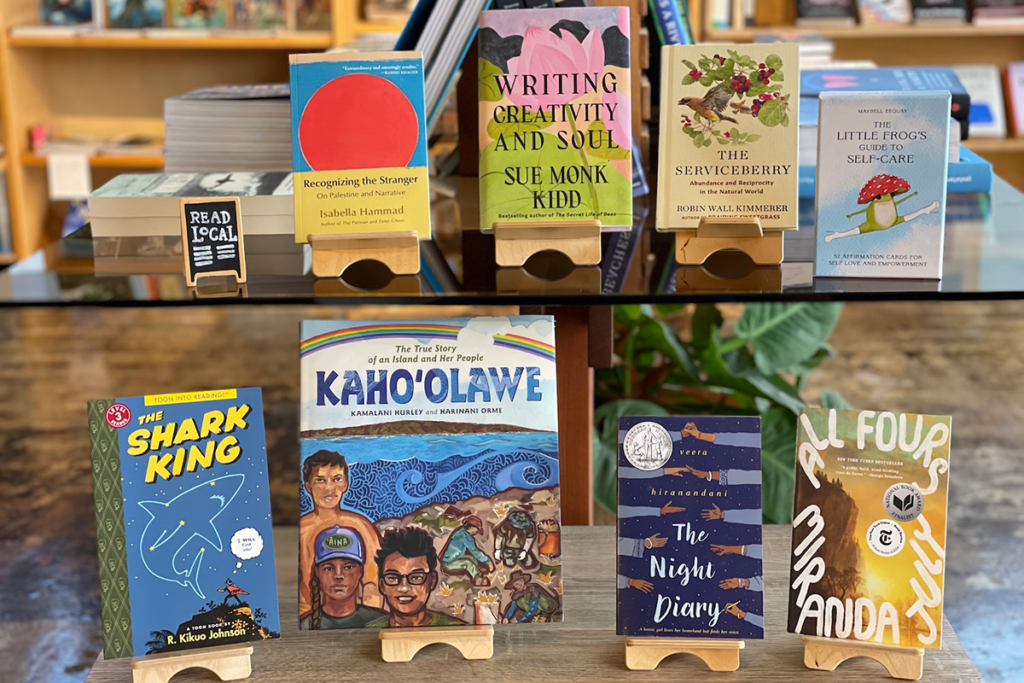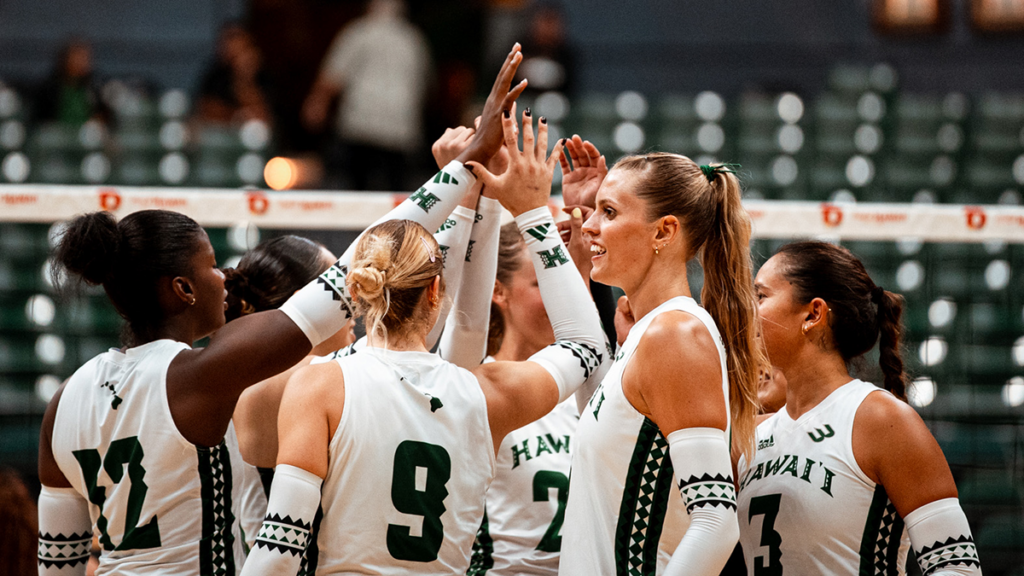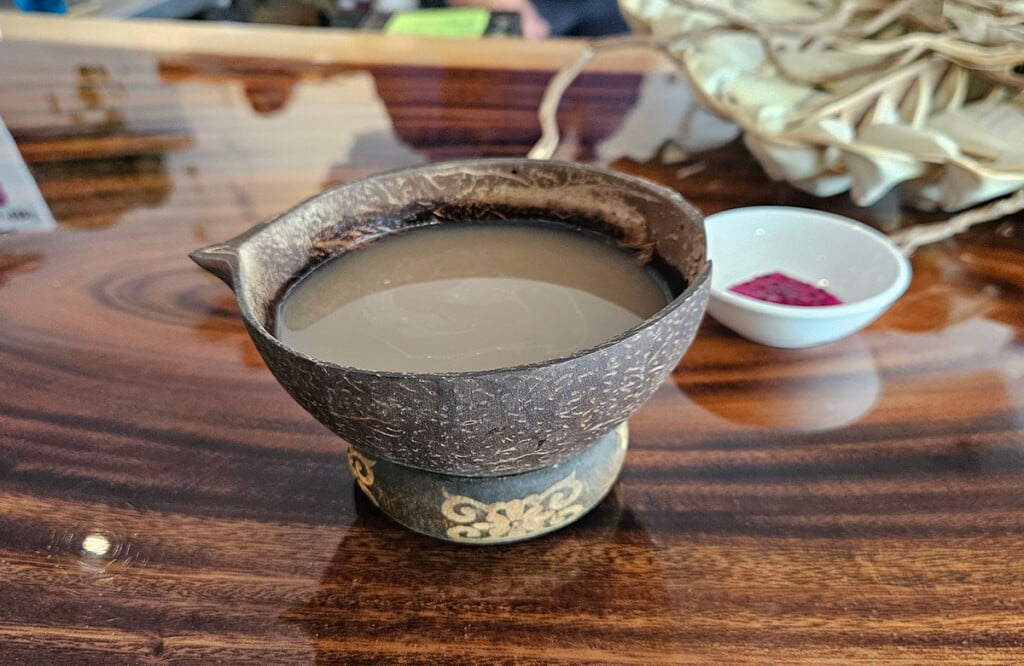A Conversation with Mariah Rigg, Author of Extinction Capital of the World
Named a most anticipated book by Debutiful, Oprah Daily and Vulture, Extinction Capital of the World is Rigg’s debut collection of short stories.
Extinction Capital of the World is a mesmerizing collection of ten stories tethered by character, time and place—specifically, of contemporary Hawai‘i. Mariah Rigg, a Samoan-Haole writer born and raised on O‘ahu, expertly captures all the beauty and nuance of making a home here amidst imperialism and environmental catastrophe, while never sacrificing the stunning lyricism of her prose. It’s an astonishing collection.
Megan Kamalei Kakimoto, author and bookseller at Da Shop: Books + Curiosities, interviewed Rigg to chat about the origin of her collection, the dual explorations of extinction and of joy and what draws her to the short form.

Photo: Courtesy of Mariah Rigg
MKK: Congratulations on the publication of Extinction Capital of the World! It’s such a phenomenal collection. Can you share the origin story of the collection as a whole?
MR: Thank you so much, Megan. It’s surreal to have a book in the world and be in conversation with you about it!
There isn’t a single origin for Extinction Capital of the World. This book is a love letter to the place that raised me and takes inspiration from my family and community’s history in Hawai‘i. These stories—from the small town gossip of failed marriages and who’s on or off the wagon, to the larger, world-building stories of the American military’s desecration of Kaho‘olawe, and the forced segregation of those with Hansen’s disease to Kalaupapa—are what shaped and continue to influence my world.
MKK: What drew you to the short form? And is there something about the short form as offering a unique space to explore stories about Hawai‘i?
MR: I think that the short story is the most perfect of the literary forms. There’s so much to balance! You have to care about plot and momentum, while making sure not to abandon the line. My favorite short stories compress an entire life into a dozen or so pages. It’s scary and exhilarating to think that everything we are and do can take up so little space.
I love the idea that the short form is a unique place for stories from Hawai‘i. It’s something I’ve thought about a lot as I attempt to write a novel. I’m not sure there’s a way for me to write about Hawai‘i in a “true” way that’s monovocal. Life in Hawai‘i—because of geographic space, because of the historical and current occupation, because of the culture—is so entangled.
MKK: From the ridge of Pu‘u Pia trail to the exhibits in the Honolulu Museum of Art, the places these stories occupy are distinctly drawn. Do you require distance from a place to write it honestly? Or do you need to be immersed in a particular place to come to it in your writing?
MR: I am definitely both types. These stories are set in places that are precious to me and the people I love. I’ve spent much of the past ten years away from the Islands, but still, Hawai‘i is my heart. I spent my childhood surfing and snorkeling its reefs, hiking and dirt biking its ridges, playing volleyball on its sandy beaches and in its dusty community gyms. Even so, I’m unsure if I’ll ever move back to the Islands. As a settler, I know my family’s legacy contributes to the displacement of Hawaiians from Hawaiian land, just as my own ancestors were displaced from Sāmoa. There is a lot of grief and guilt tangled up in my relationship to “home” because of this.
MKK: I deeply appreciate the way your stories honestly confront the settler colonial occupation of Hawai‘i without reducing the narratives strictly to morality tales. This is as much a compliment as it is a desire to learn from you: did you have an existing framework in mind to explore the vast impact of colonialism on Hawai‘i?
MR: I did not have an existing framework in mind. These stories are on the page and published, but still I worry that there are ways they fall short and fail the places and people I love.
My mom’s a lifeguard (and the longest serving local woman in Honolulu’s Department of Ocean Safety). I grew up on the beach. As a child, I saw how the extractive tourist industry and the outsiders it caters to disrespect the ‘āina—trampling coral, terrorizing honu and monk seals and shorebirds, abandoning deflated toys and tubes, leaving the showers of the beach park running, precious water emptying from O‘ahu’s aquifers for ten, twenty, thirty minutes.
Now, every time I return home, some new luxury building has been built for outsiders. My neighbors, family and friends are being pushed onto the mainland, the streets, into retirement homes and coffins, their homes sold for millions to strangers. When I swim laps outside Kāhala, the reef is choked with invasive seaweed, its growth accelerated by the warming ocean. The Ko‘olau is covered in strawberry guava, Christmas berry, Himalayan ginger, haole koa, trail mouths blocked by thick stalks of California grass, their seeds hitchhiking on the shoes of mainlanders. The military has leaked literal fuel into the aquifers.
But behind the smokescreen of “paradise”marketed to outsiders, there are real people who live, work and dream. I wanted to find a way to communicate this and show that in spite of the mass extinction of plants and animals, the forced displacement and theft of life and land that’s taken place under colonization, there are people who have not given up. There is good work being done by organizations like Protect Kaho‘olawe, the Hawaiian Land Snail Conservation, Hawai‘i ‘Ulu Cooperative, Paepae o He‘eia and so many more. There is hope.
MKK: I feel the hope, Mariah. At the same time, the threat of extinction permeates these pages. I was especially taken by your close attention to this threat not only to humanity but especially to the multitude of Indigenous species and ecosystems all very much alive in Hawai‘i. What were you hoping to explore in writing about the interdependence of humanity and the natural world?
MR: I freak out almost daily at our rapid descent into climate collapse. A few months ago, I read a BBC article about the “novel systems” forming due to the omnipresence of introduced and invasive species in O‘ahu’s forests. I had a meltdown because one of the ecologists interviewed, Jens-Christian Svenning, claimed O‘ahu’s forests were unrestorable; even “if you removed all people from the planet, Hawai‘i would be on a different evolutionary ecological trajectory going forward.” The article went on to state that this would soon be true of the whole world.
Like many people, I try to do my part. I buy nearly everything secondhand. I rarely fly; I walk or bike most places. It’s hard to feel like it matters when billionaires, corporations and the American government are selling off protected land, funding genocide and cutting everything climate-related. I’m not saying anything new, but the fate of humanity depends entirely on the fate of the natural world. I wouldn’t know how or want to write a book that didn’t have this reality in it. But I didn’t write this book to mourn. I wrote it for all there is to save, all the ways that living a life that protects and gives, instead of endangers and takes, fulfills.
MKK: Queer love and joy also anchor this collection. I was so affected by the way issues like environmental collapse and the violence of imperialism did not diminish the beauty of queer love or the possibility of hope amidst pain. How do you navigate these seemingly conflicting impulses?
MR: What are we living for if not to hope and love and dream. I wake up and get on my phone and freak out at the state of the world. Then I go on a walk and am amazed at the cherries ripening in the hell strip between road and sidewalk, the joy of my neighbors’ kids as they tap their skateboards, and think damn, life is worth living. When noon comes and Denver hits a hundred degrees, I freak out again. Conflicting impulses are part of our everyday lives.
But yeah, balancing this on the page is hard. I fail a lot. It’s difficult to convey the complicated nature of the every day in fiction without seeming staged. One of my first mentors, Mary Gaitskill, told me that what happens in our lives is far stranger than what people will accept in fiction. And she’s right, but also, I want my work to challenge that. I want to show that yeah, you can fall in love during climate collapse, you can choose what’s right for you and hurt people you love, you could be completely heartbroken and grieving and still able to feel joy, still have hope, if not for you, then for the people you love. The people who are yet to exist.
Extinction Capital of the World released on Aug. 5, mariahrigg.com, @riggstah
Da Shop: Books + Curiosities, 3565 Harding Ave., open Wednesday through Sunday from 10 a.m. to 4 p.m., (808) 421-9460, dashophnl.com, @dashophnl
